YouTube's content moderation landscape is shifting, fast. The Google-owned platform says it is launching a limited pilot allowing some creators banned under now-retired COVID-19 and election-related policies to apply for a new channel / reinstatement (announced in a letter to the House Judiciary Committee on 2025-09-24). A major departure from its previous lifetime ban policy. This is more than a paperwork tweak; it reflects a broader recalibration of content governance that took shape during the pandemic and the 2020 election period. YouTube acknowledged that many terminated creators deserve another opportunity, a signal that the company is rethinking creator relationships and the economics of enforcement in a crowded market.
The headline shift, in plain terms, is a pivot from permanent consequences to creator retention, a move that mirrors both political heat and business realities in the creator economy. Why lock people out forever if they can be guided back into bounds?
What this means for YouTube's future direction
YouTube is moving toward a balance of expression and safety that favors adaptability over rigid rules. The platform has indicated it will rely more on community-based systems like user-generated context labels and information panels, tools that add context rather than yank content. It is a shift from top-down control toward collaborative moderation that spreads responsibility across the ecosystem.
Current guidelines now permit a wider range of content on topics like COVID-19 and elections compared to previous restrictions. Instead of trying to referee every hot-button claim, YouTube is betting on clearer context and user judgment. That can lower platform liability and, yes, stoke engagement when debates flare.
Politics and competition are in the frame here. Platforms are facing increasing pressure to roll back content moderation policies amid partisan political pressures, and YouTube's parent company Alphabet has also accused the previous administration of coercing content moderation decisions. Whether you see this as a stand for editorial independence or a response to political force, the line between platform policy and public power is blurry.
In the end, YouTube is placing a bet. A more permissive, context-heavy ecosystem that values creator retention and user choice over prescriptive rules might prove more durable in a polarized, competitive media world. If it works, it could reset how the entire industry balances free expression with community safety. If it doesn't, expect another swing of the pendulum.




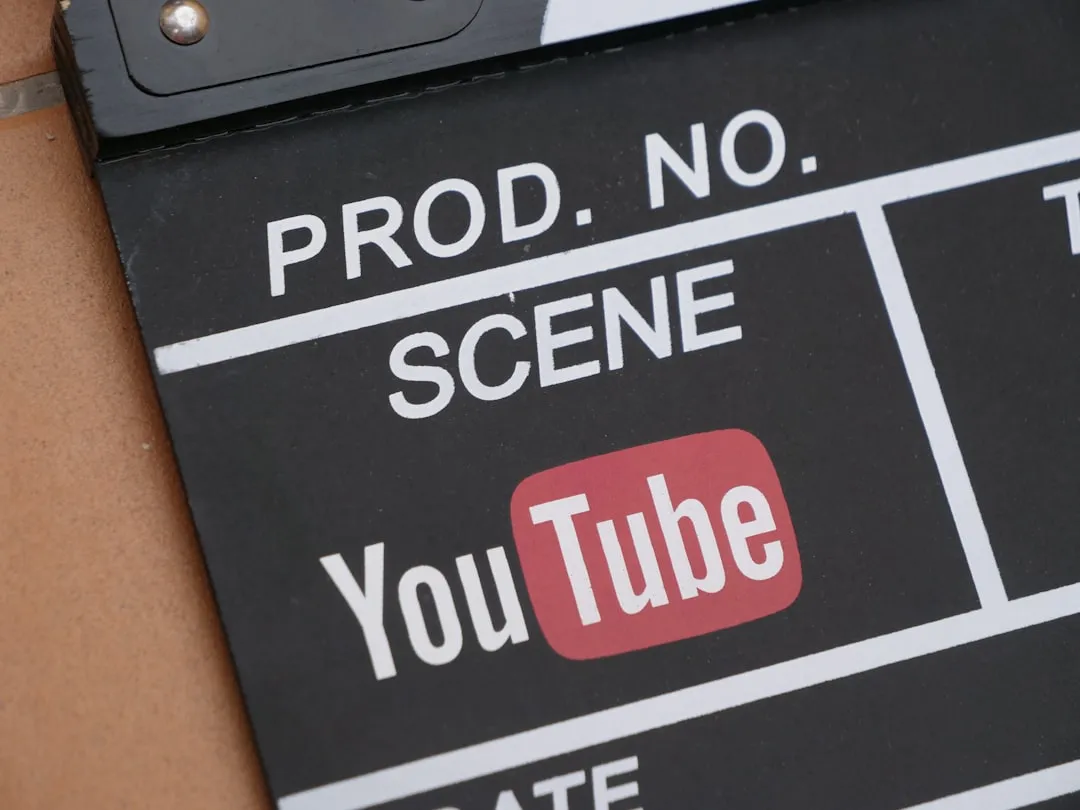

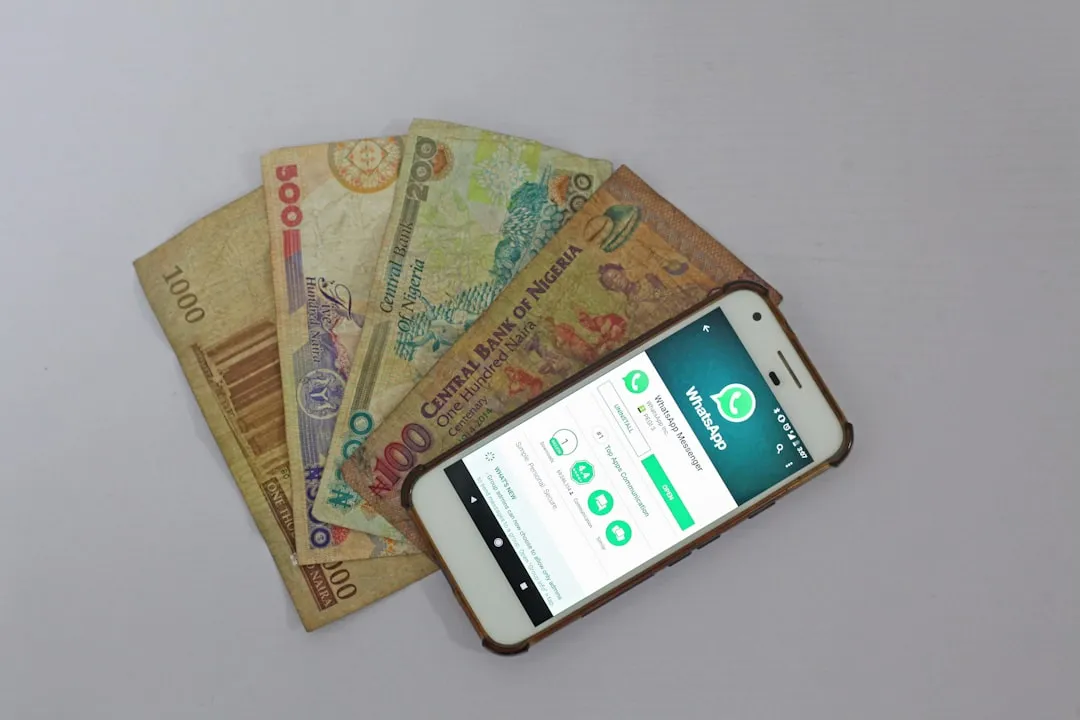
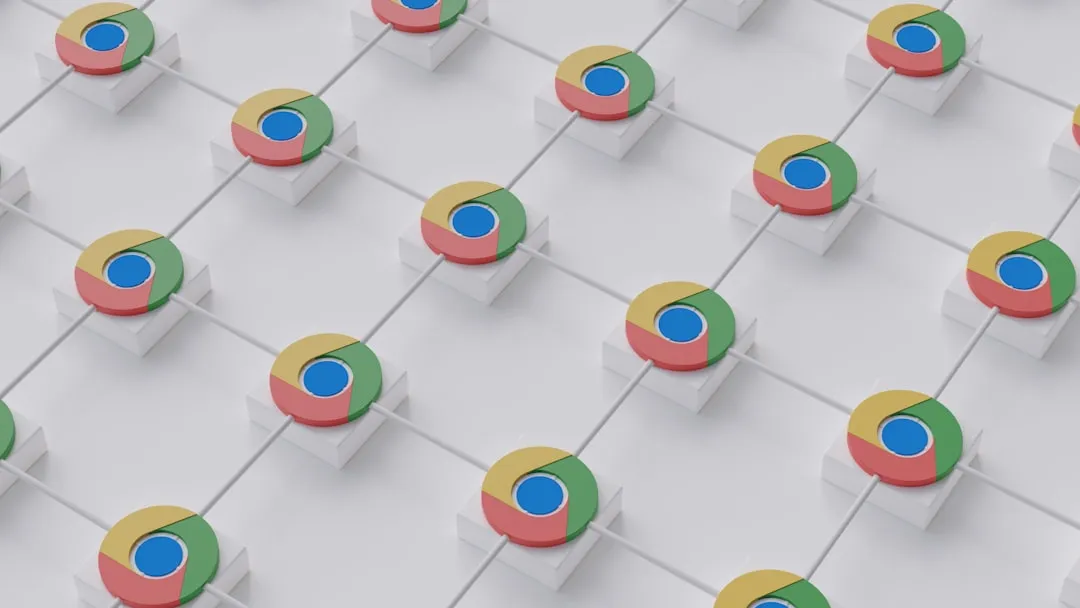
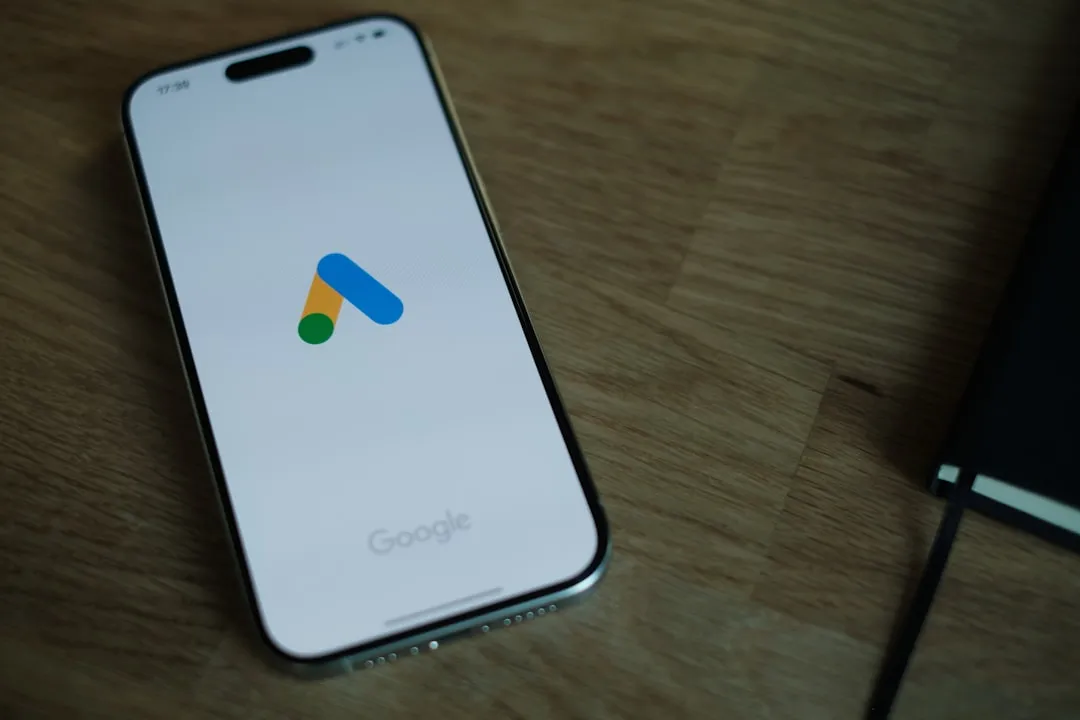

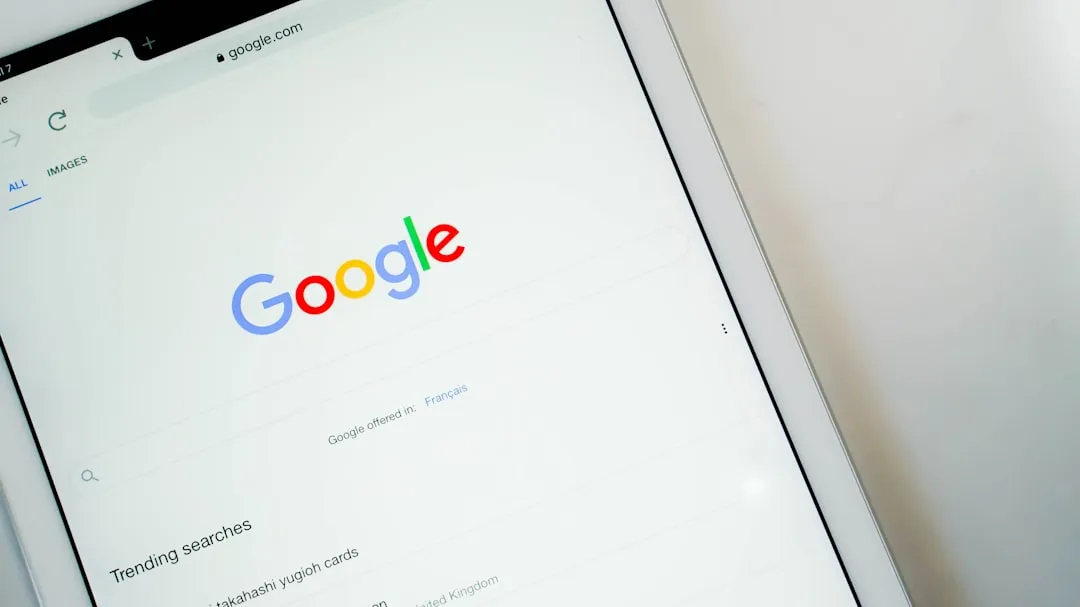
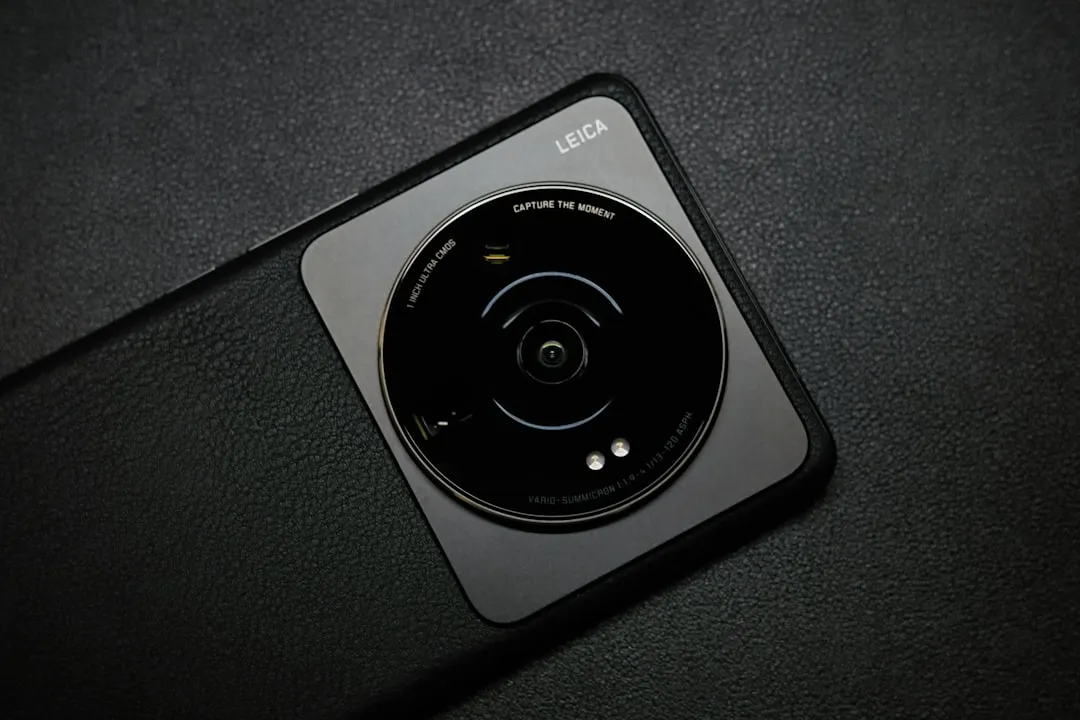
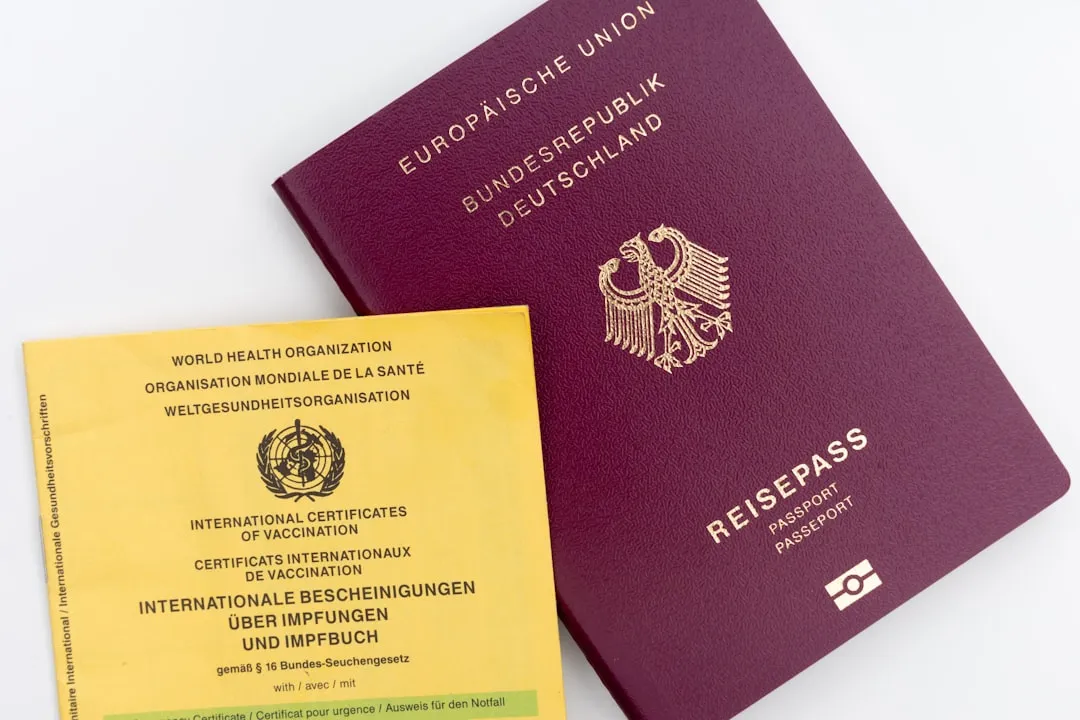
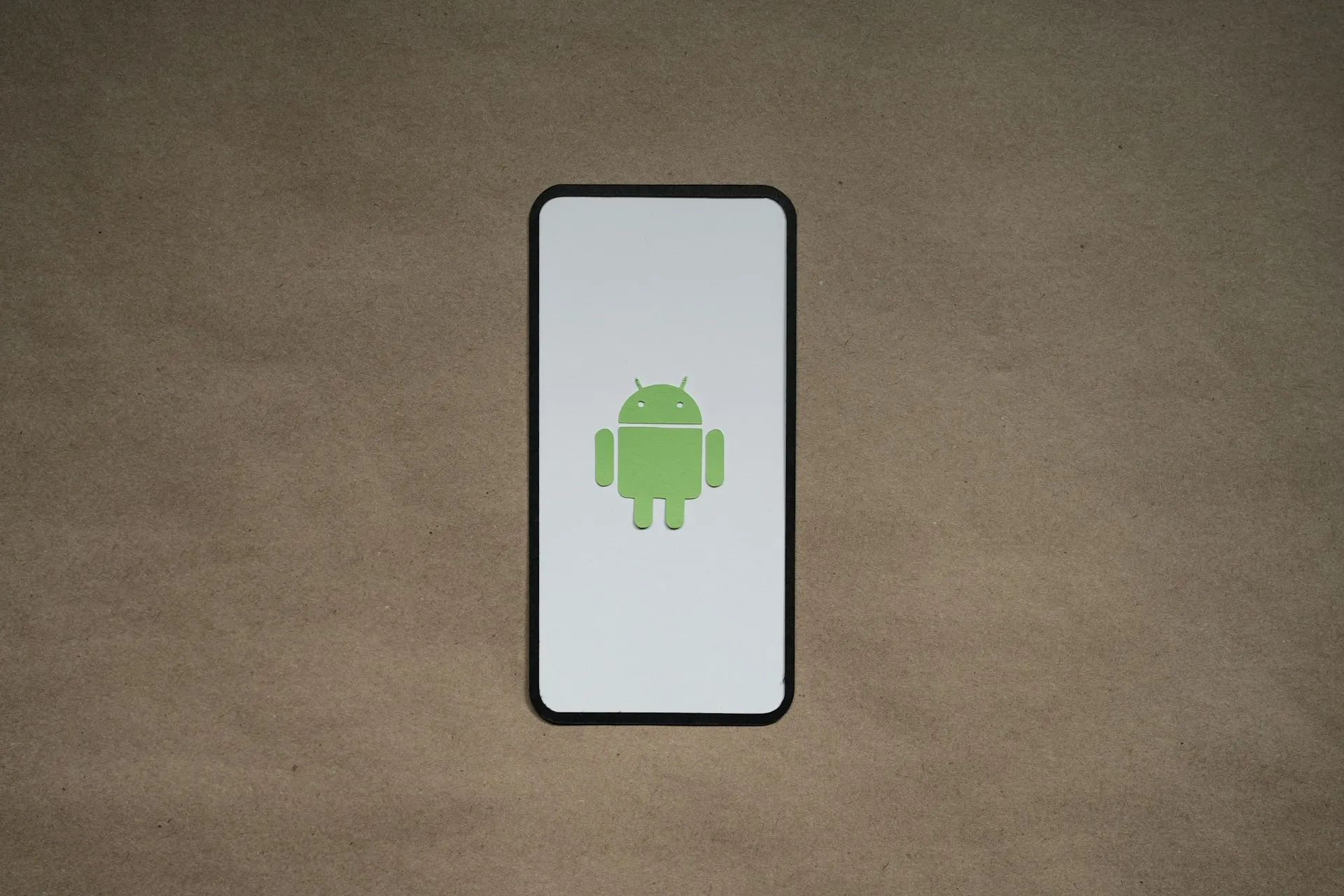

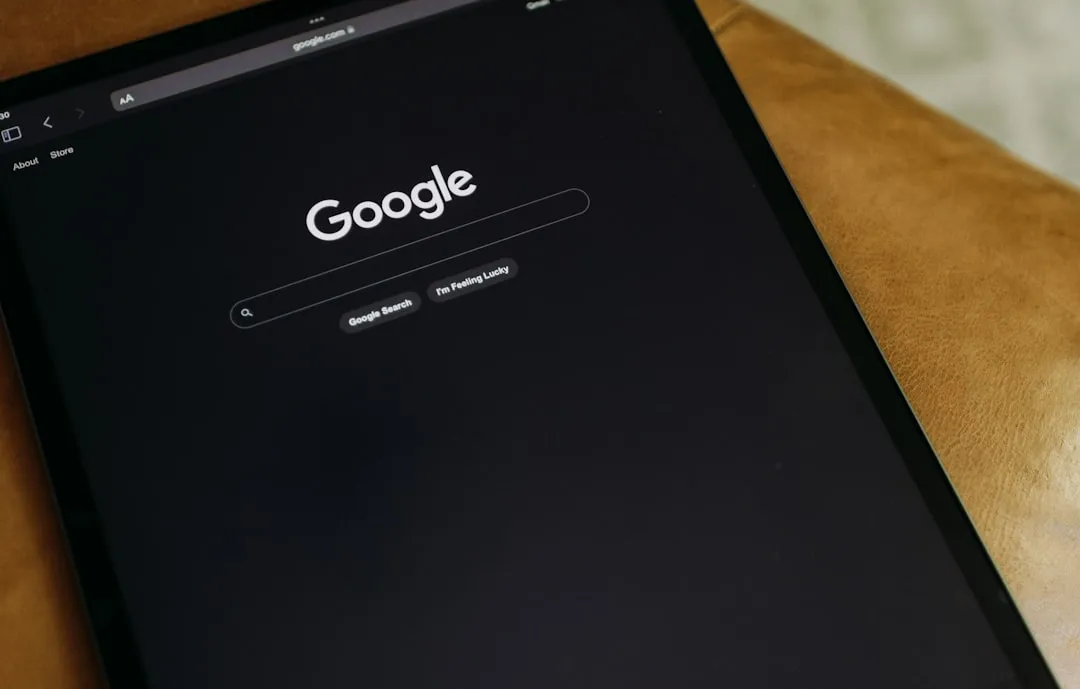
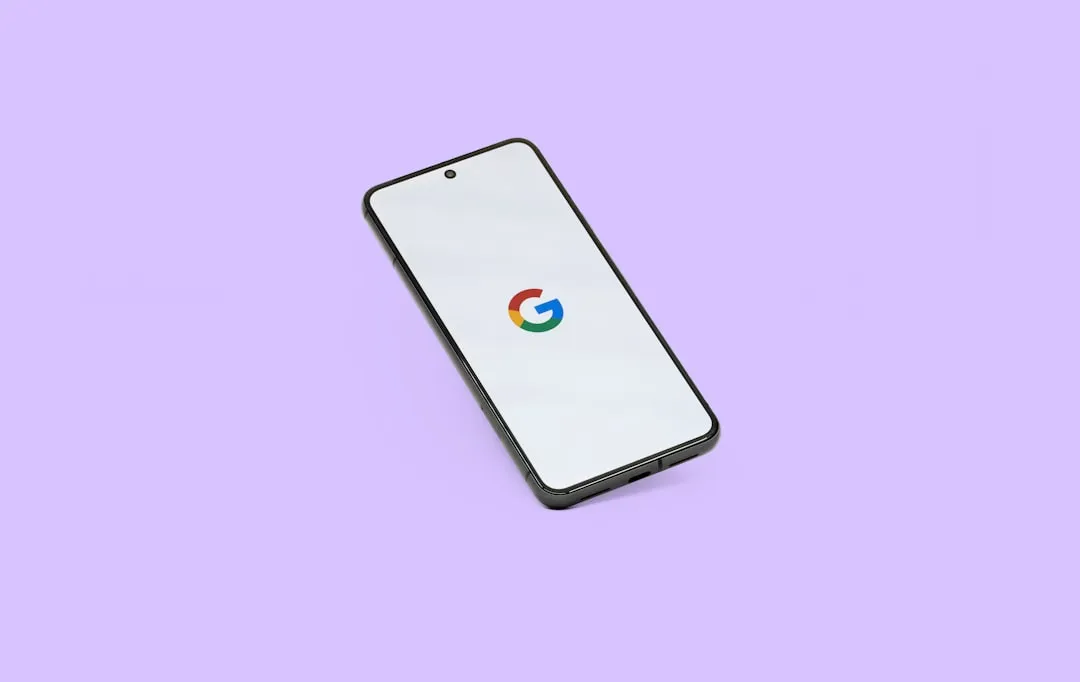
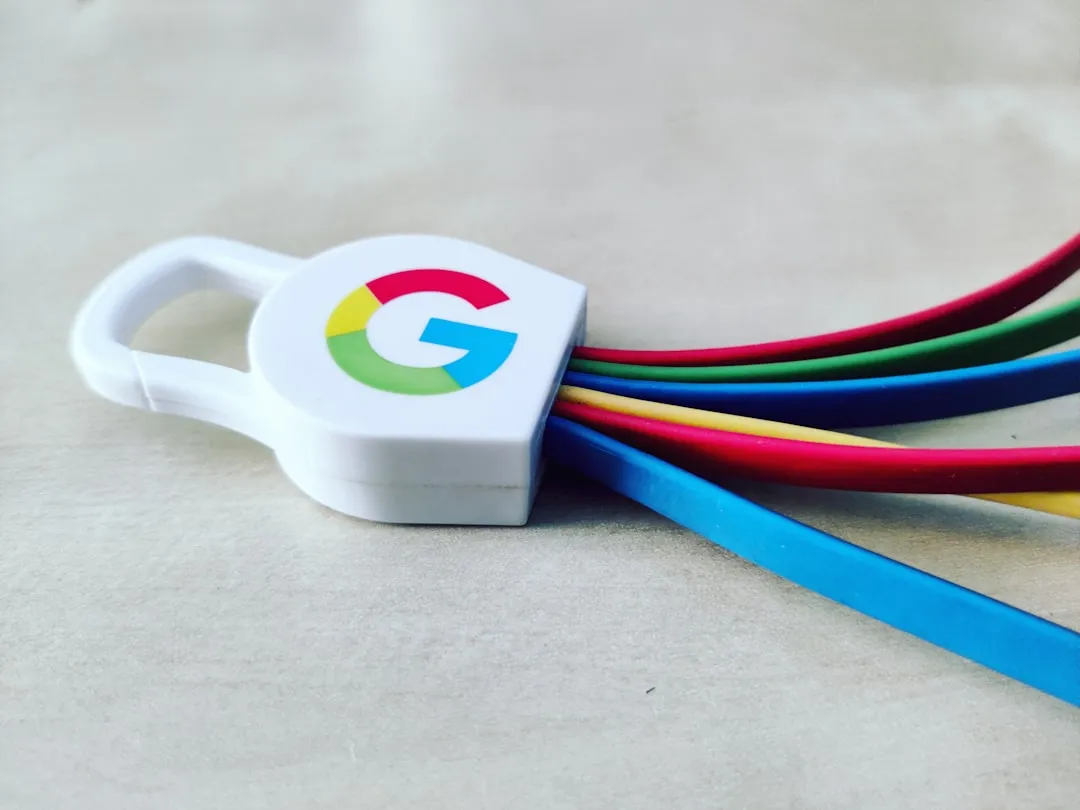
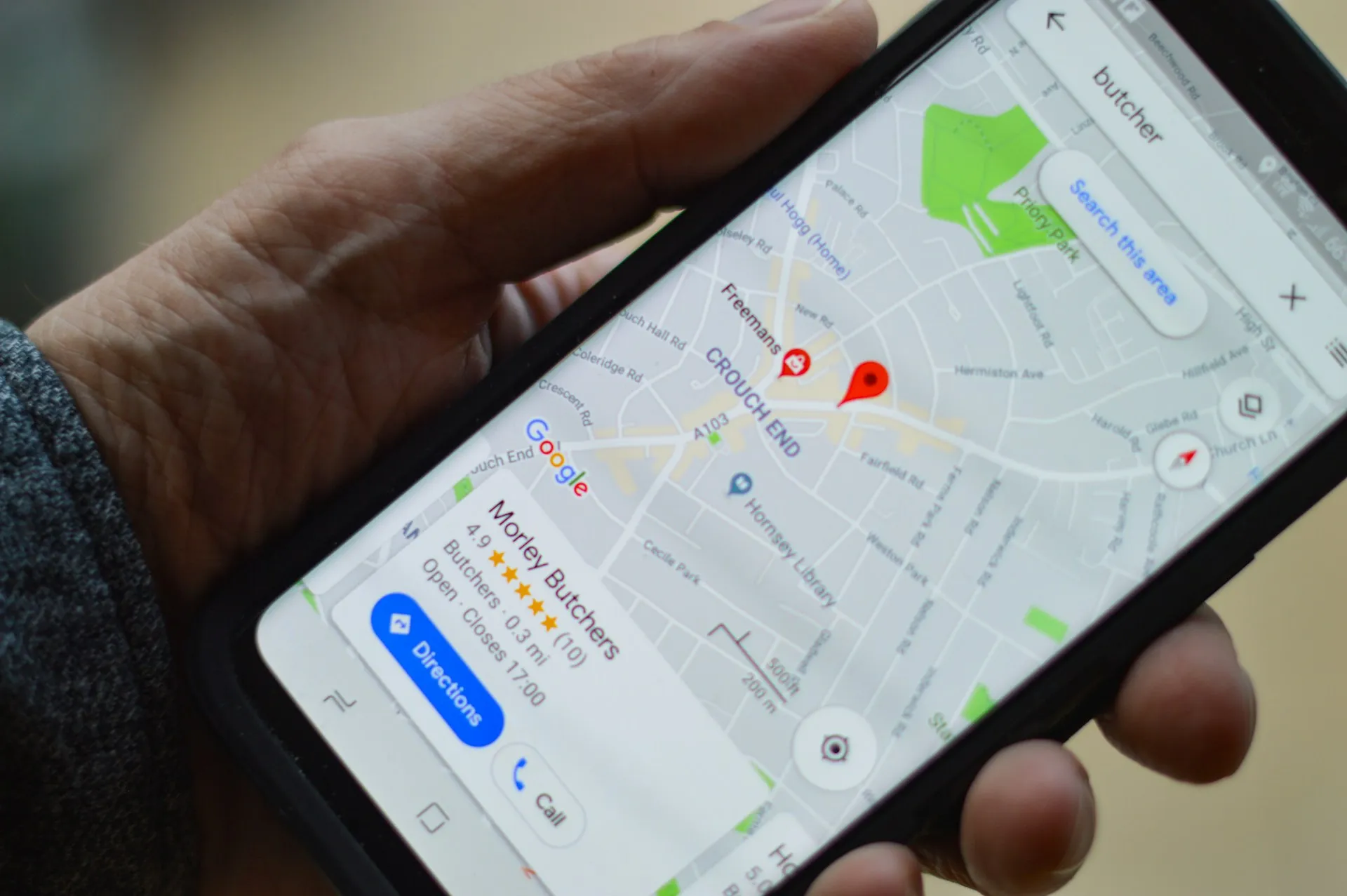
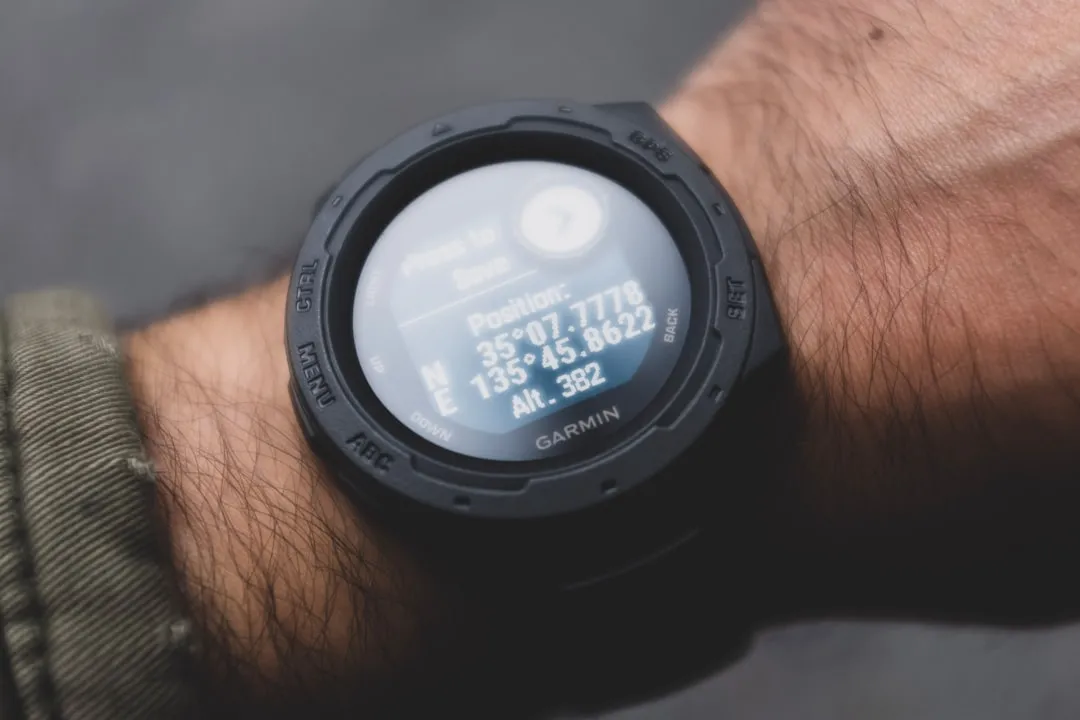
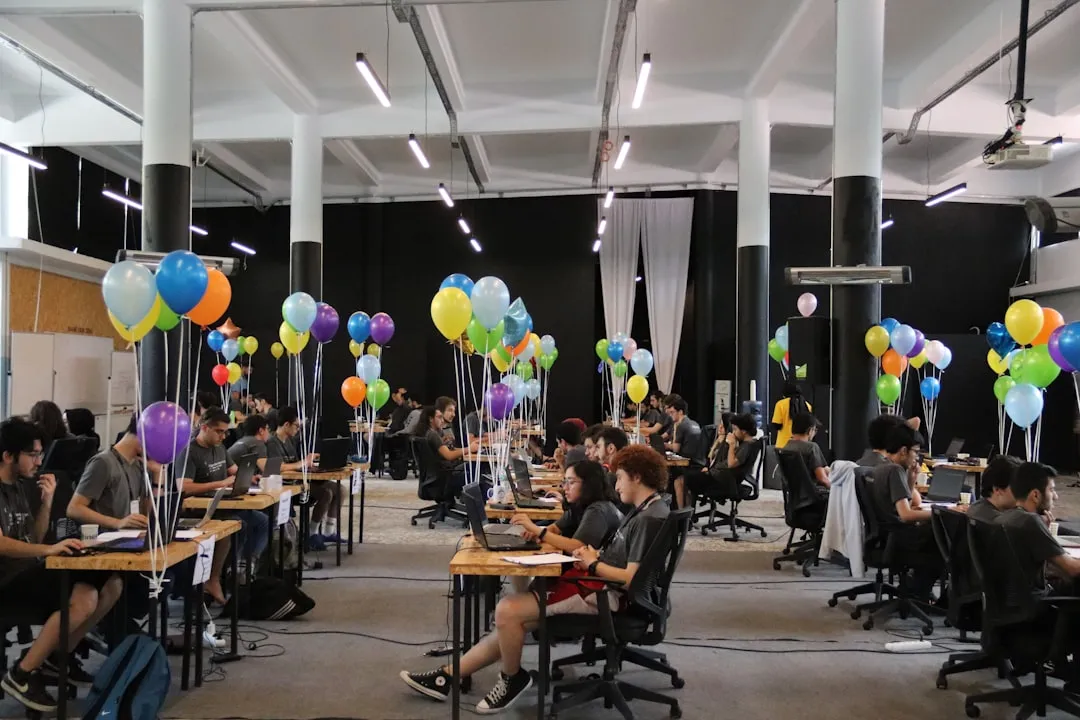
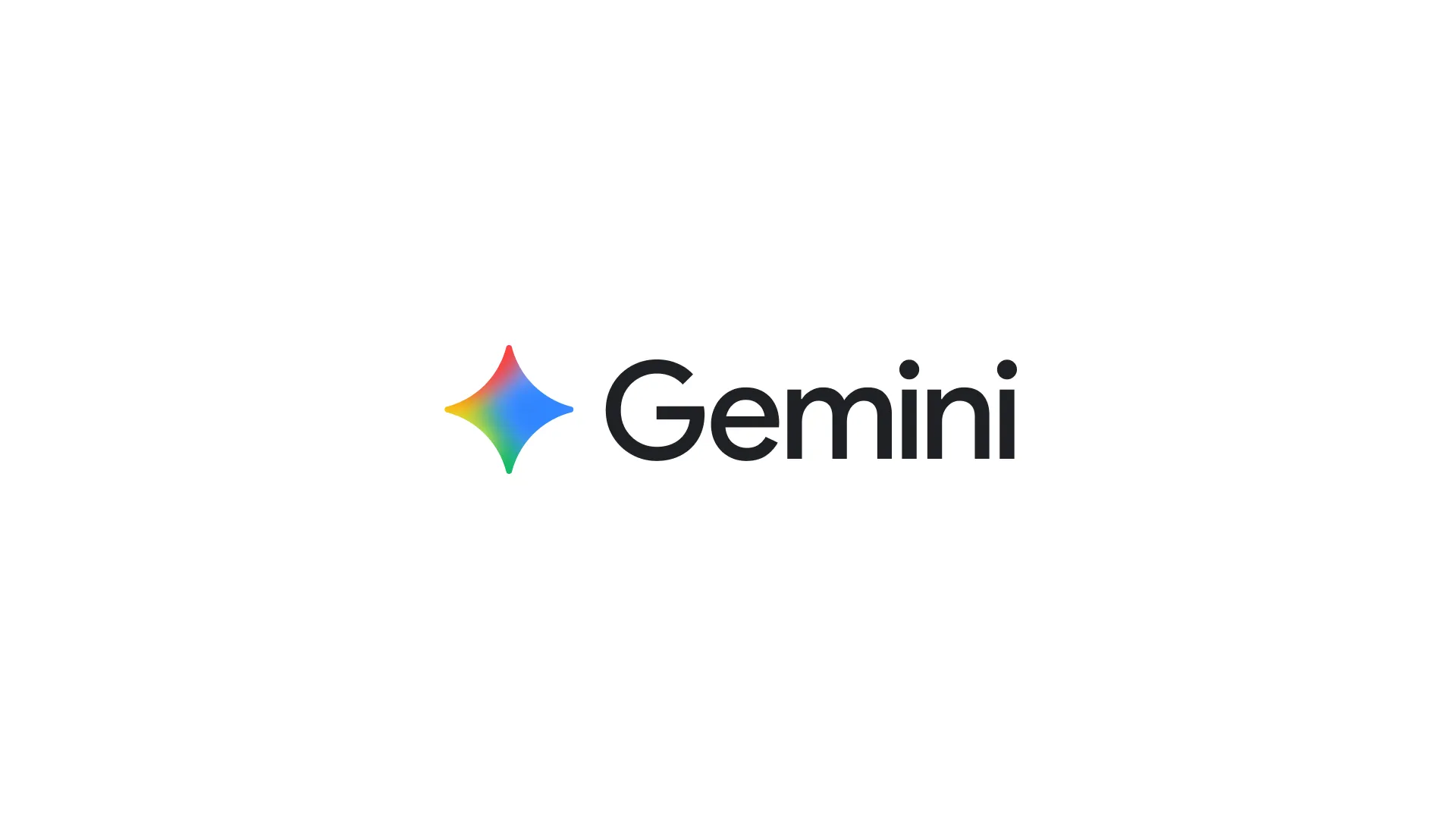
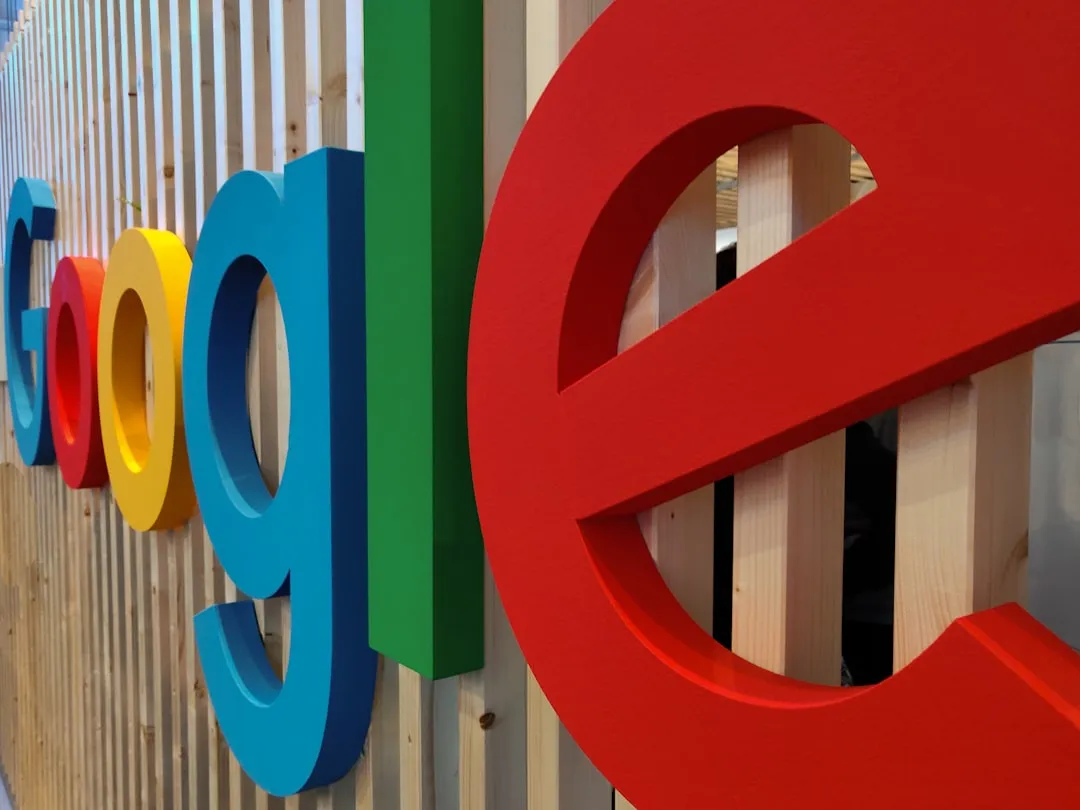
Comments
Be the first, drop a comment!